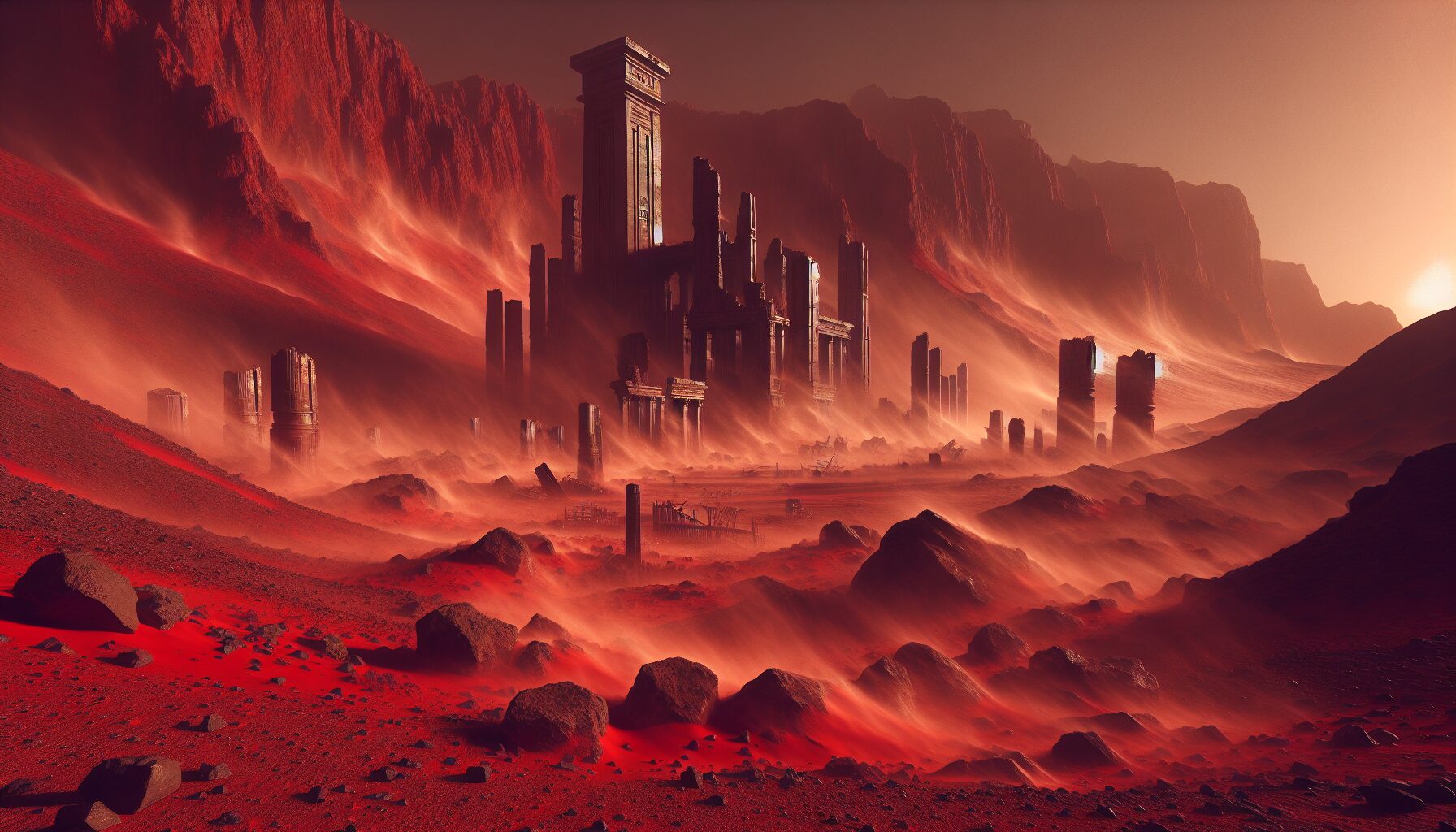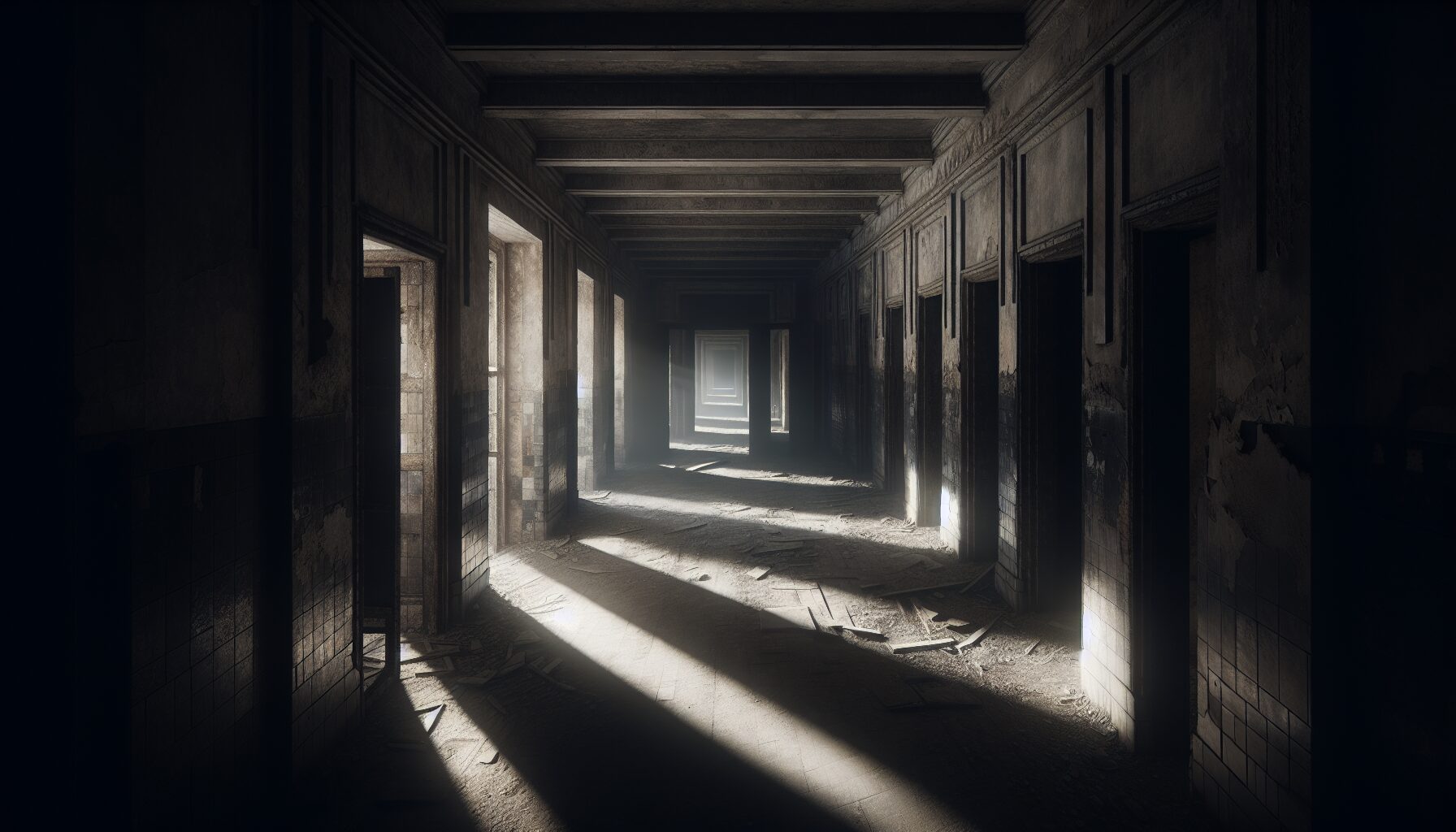For centuries, humanity has gazed at the red orb in the night sky with wonder and curiosity. Mars—a planet that once inspired myths and incited imagination—continues to be the center of speculation, especially when it comes to the possibility of ancient Martian civilizations buried beneath its iconic red dust.
The Allure of Mars
Mars has always held a special place in human culture and history. Known as the “Red Planet,” its distinct hue made it a subject of fascination for astronomers and dreamers alike. The idea that Mars might have once harbored life similar to Earth’s is a concept that has shaped science fiction for decades. From H.G. Wells’ “The War of the Worlds” to Ray Bradbury’s “The Martian Chronicles,” the planet has been consistently depicted as both mysterious and familiar.
Scientific inquiry into Mars began in earnest during the late 19th and early 20th centuries when telescopic observations, like those of Percival Lowell, suggested the presence of “canals” on Mars. These observations spurred theories of intelligent life but were later explained as optical illusions. Nonetheless, they planted the seed that Mars could once have hosted complex life forms.
Unveiling the Red Dust
The surface of Mars is predominantly covered by iron oxide, giving it the reddish appearance that is so distinctive. But what mysteries might be hiding beneath this vast layer of dust and sand? Modern exploration has begun to shave away at the veil of mystery surrounding Mars, with missions like NASA’s Perseverance Rover systematically analyzing the Martian surface.
In 2018, the European Space Agency’s Mars Express discovered what appeared to be a lake beneath the planet’s southern polar ice cap, renewing interest in the possibility of life. “This thrilling discovery is a highlight for us in our journey to find water on Mars,” said Dmitri Titov, ESA’s Mars Express project scientist, in an ESA statement. Such findings suggest that liquid water—an essential ingredient for life—might not just be a relic of the past.
Imagining the Ancient Civilizations
But what if Mars was once home to civilizations, long before its atmosphere thinned and its surface froze? Some researchers suggest that ancient Martian life might have evolved underground, surviving the harsh surface conditions, much like extremophiles on Earth.
Consider a civilization that thrived millions of years ago, relying on subsurface lakes and geothermal energy. Could remnants of their culture still lie hidden, awaiting discovery by our robotic explorers? The technological advances in rover capabilities may soon allow us to explore these possibilities more thoroughly. What insights into resilience and adaptation might such findings bring to our understanding of life?
“Mars is very Earth-like in a lot of ways, and it’s the closest planet to Earth with a similar atmosphere, length of day, tilt of its axis, and a history of water,” noted Dr. Jim Bell, Professor of Earth, The School of Earth and Space Exploration at Arizona State University.
Looking Towards the Future
As we continue to explore, the knowledge we gain from Mars not only satisfies scientific curiosity but potentially prepares us for human settlement. If signs of past life are discovered, they could provide clues on how to prepare Mars for future inhabitants.
While the prospect of discovering ancient civilizations remains speculative, the real excitement lies in the possibility that even microbial life might have once flourished there. Discovering the Martian dead—or signs of them—would substantially alter our understanding of life in the universe.
With the constant advancements in space technology, particularly with international missions planned by NASA, ESA, and private entities like SpaceX, the dream of uncovering long-buried Martian secrets might not be too distant. As Dr. Lori Glaze, Director of NASA’s Planetary Science Division, once commented, “Every time we send a rover to Mars, we learn more about the Red Planet, and it’s exciting to piece together its mysteries from afar.”
Conclusion
The fantasies of ancient Martian civilizations captured in the imaginations of authors and scientists alike have yet to be substantiated by concrete evidence. However, the drive to explore and explain Mars continues to push boundaries, encouraging humanity to look beyond Earth for answers to the origins and possibilities of life.
Until we uncover definitive signs of intelligent design under the Martian sands, the dusty wilderness of Mars remains an open book, waiting for the hands of curiosity to turn its pages.

